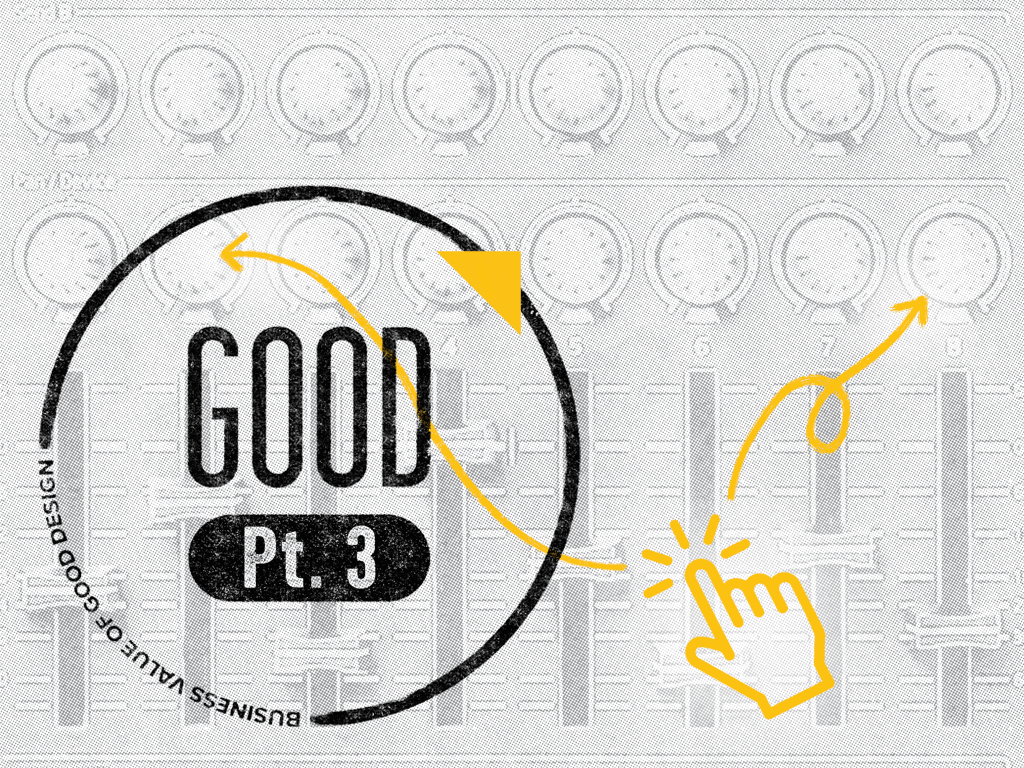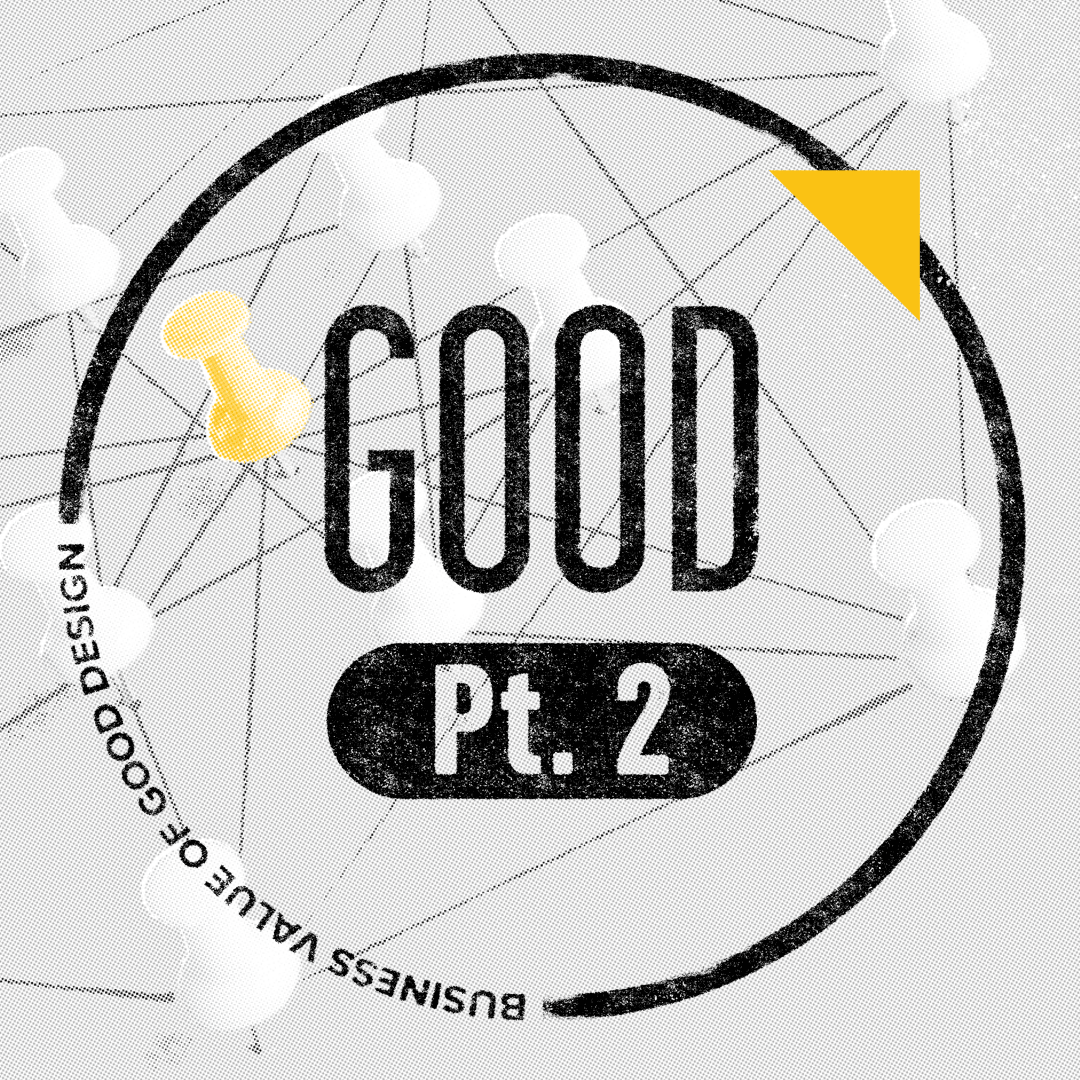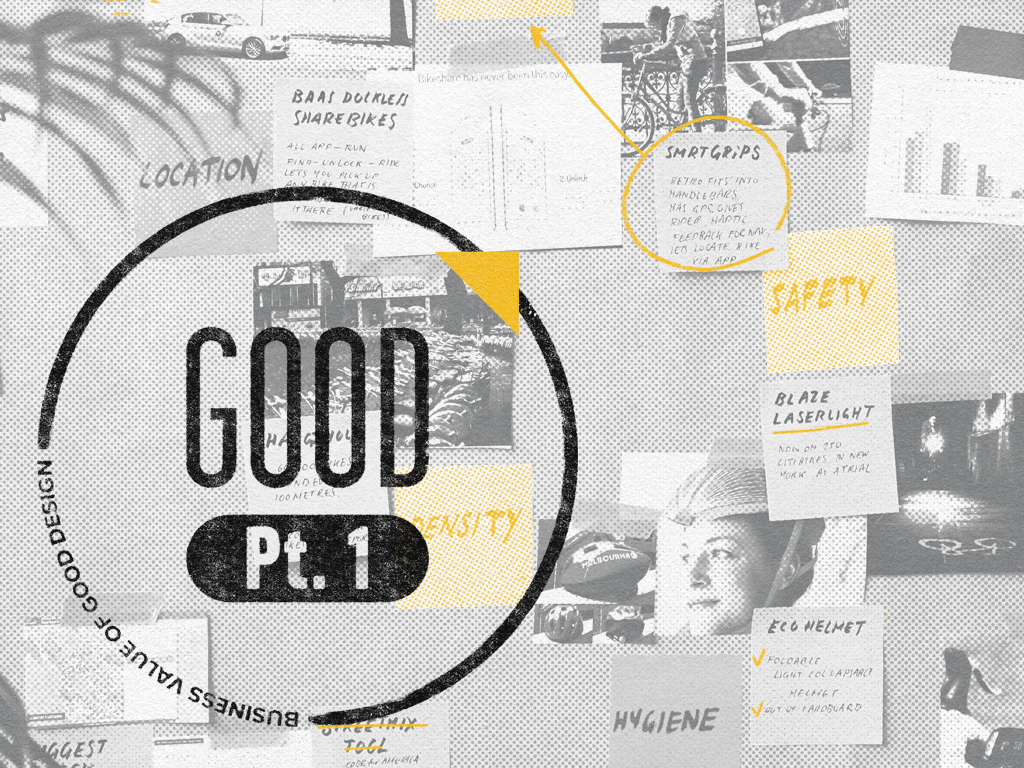About this series: Great products are built using good problem-solving, and the best way to solve problems is to define needs and then meet them in every user interaction. Alignment across teams and channels ensures that expectations are set correctly and delivered on effectively at every stage of the user journey. Great design starts way back at defining the problem and extends through the entire product lifecycle, continuing long after launch and into the ongoing iterations of product development. Great design is a cornerstone for great products, driving great business, and creating opportunity. Read on to learn how ongoing iteration and innovation in the product design process makes great product design and the business value it creates sustainable. If you missed the first two installments, be sure to check out the other blogs in our series:
- Part 1: Define the problem, not the solution
- Part 2: The impact of collaborative product development
The design journey continues post-launch
Embarking on a successful product launch is a journey that requires planning, strategic collaboration, and continuous improvement. Crafting an effective launch strategy is the foundation, involving comprehensive market research, targeted messaging, and utilizing diverse marketing channels to build awareness and demand. Integrating a motivated and informed team becomes paramount as the launch unfolds, fostering a collaborative environment where each member contributes to the product’s success. Post-launch, the journey doesn’t end; it transforms into a dynamic cycle of continuous improvement. User feedback emerges as a guiding force, steering the development team toward iterative enhancements that align with evolving user needs. The importance of great design in this phase cannot be overstated, as design systems, seamless handoffs, and branding alignment contribute to a visually cohesive and engaging user experience.
Crafting effective launch strategies for product success
Launching a new product is challenging and the foundation for success is laid in the earliest stages of product development with a well-thought-out strategy centered around a clear and strong problem statement. That problem statement should provide connective tissue through the product development process and into planning for the product launch, including product positioning and go-to-marketing messaging. Ensuring that your product strategy as a whole is driven by a clear problem statement will help ensure consistency and alignment at every stage of the product journey. Additionally, you must leverage the right mix of marketing channels based on your target audience’s preferences and behaviors, such as social media, email, and influencers. This ensures a broad reach and sustained interest leading up to the launch. This comprehensive approach creates excitement and establishes a strong foundation for the product’s success in the market.
An effective internal launch paves the way for a successful external launch. Creating buzz and anticipation across your cross-functional team is a crucial aspect of a successful product launch. A cohesive team that is well-informed and motivated can significantly impact the outcome. Communication is key; share the vision, goals, and milestones with your team to foster a sense of unity and purpose. This will ensure that a single vision will be promoted across the team and translate seamlessly into the customer experience. When every person on the team knows how the pitch will go, they can all use their collective resources to lean into launch.
Allowing team members to contribute their unique perspectives by encouraging open dialogue and idea-sharing is also important as you consider external launch. By involving everyone in the process, from marketing and sales to product development, you harness the collective energy and expertise of your team. This collaborative approach not only generates creative ideas, but also ensures that everyone is aligned and committed to the launch’s success. Crafting an effective internal and external launch strategy is a dynamic process that requires adaptability and ongoing assessment to ensure the success of your product in the ever-evolving market.
Learn more about Tallwave’s Digital Experience Design Services.
Driving iteration with user feedback in the continuous improvement process
As a new product is launched to the market, it’s easy to assume that’s where the product team’s job ends and the marketing team’s job begins. But in truth, product launch is a phase that should bring these teams even closer together to bring the product to market while closing the feedback loop to drive continuous product improvement. Following launch, monitoring the performance of the product and features is paramount. This holistic approach to performance evaluation provides valuable insights into customer preferences and behavior. Utilize analytics tools to track key metrics, such as user engagement, conversion rates, and customer feedback. By analyzing the broader landscape, you can adapt your strategies and address any issues that may arise swiftly.
Continuous improvement is a cornerstone of long-term success, and by keeping a close eye on performance metrics, you can make data-driven decisions to refine your product and marketing strategies for sustained growth. Regular updates and releases based on user insights not only demonstrate responsiveness to customer needs but also foster a sense of trust and loyalty. This iterative approach transforms the product development process into a dynamic, user-centric journey, where each iteration builds upon the last, leading to a more refined and valuable end product.
The role of design in continuous improvement strategies
Great design plays a critical role in driving iteration and responding to user feedback effectively. Design systems provide a framework for consistency, enabling seamless integration of new features while maintaining a cohesive user experience. Additionally, well-managed handoffs between design and development teams streamline the implementation of design changes, reducing friction and accelerating the iteration process. Aligning branding elements across marketing channels and into the product will ensure user expectations are met at every turn. During iterations, a holistic approach to design, design systems, handoffs, and branding alignment ensures that the process is not only efficient but also results in a cohesive and engaging user experience.
Product success factors and the pursuit of excellence
In the ongoing journey of product development, launch is never the end; it’s the beginning and it launches the team into a cycle of perpetual refinement. Our products can exceed audiences’ expectations by embracing user feedback and integrating it into the continuous improvement process. The collaborative spirit within teams and the strategic planning behind launches form the basis of success. Throughout this dynamic journey, it’s important to celebrate the milestones achieved, learn from the challenges faced, and remain committed to the pursuit of innovation. The combination of effective launch strategies, user needs-driven iteration, and thoughtful design ensures that products stay relevant and evolve into solutions that resonate deeply with users. Here’s to the continuous pursuit of excellence in product development and the exciting possibilities that lie ahead on this ever-evolving path of innovation.
Are you ready to pursue product design excellence with a team that understands cross-functional teams and embraces continuous innovation? We are. Let’s talk.






